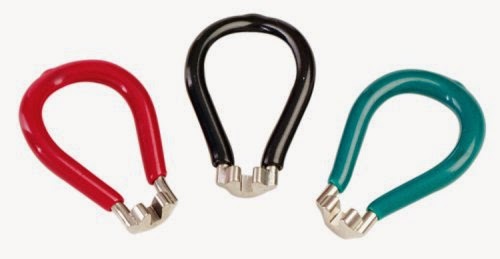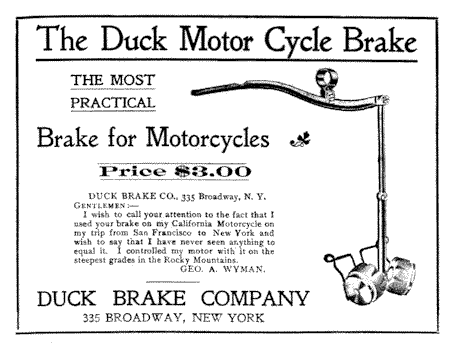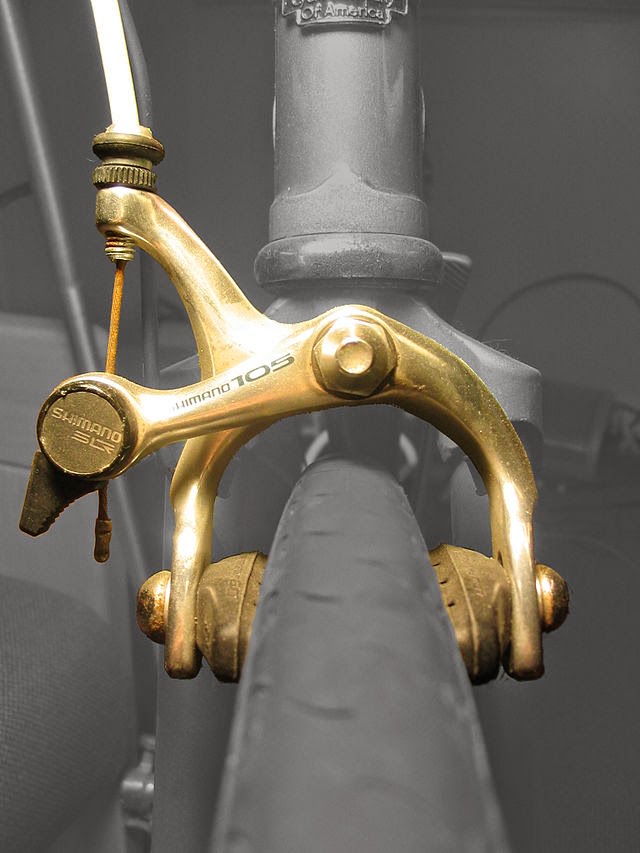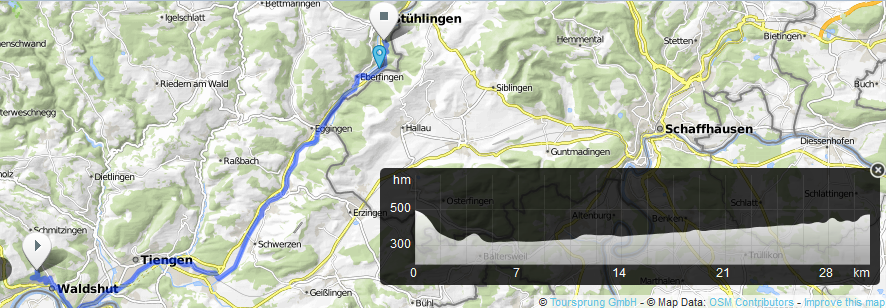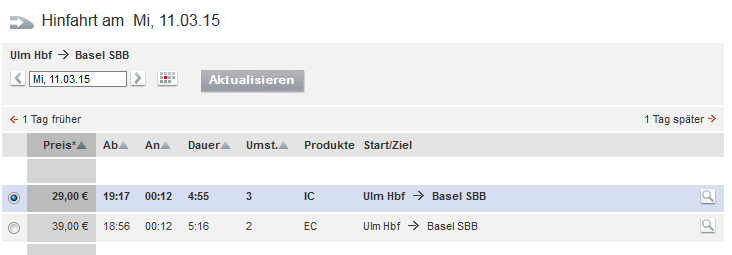I'll give you a list of products that you might need first. You will have to read through the tutorials before buying the parts, as you are probably not aware of what is needed and what isn't. Throughout the article I will use the abbreviation [opt.]. It means that it is not a necessity, but it might save you time and nerves if you use it. It won't ensure better quality though. The quality solely depends on your handiness and you using your brain.
Spare-parts list

Pyramid - Mx1000 Alloy BMX Bicycle Brake, Front or Rear, Black

SRAM Apex Brake Caliper Set

ORIGIN8 Sport Comp V-Brake Set

SHIMANO ST-EF51 Brake & Shifter Levers Combo Set 3x8 Pair With Shift Cable And End Caps

Campagnolo - Veloce Silver Dual Pivot Brake Set

10 Pcs 1.77M Length Bike Replaceable Cycling Rear Brake Cable

Shimano Brake Cable and Housing Set (Universal)
Avenir Spoke Wrench Set
In my opinion, it is always good to have spoke wrenches. Your brakes might seem to be broken bbut the problem might as well be caused be a bent wheele. You can true / allign your wheel at any time and before the damage is so severe that a spoke wrench can't fix it. An alternative would be to use a normal wrench even though this works a lot better.
Issues regarding the brakes
As the problems can be so diverse, I think it is wisest to start with the smallest problems and move to more complex issues. If you look at the brake lever on the handle bar, you'll see a small screw and a slightly bigger screw. The big screw is the "brake barrel adjuster" and the small screw is the "adjuster locking ring". With this screw you can adjust the tension on the brake and increase or decrease braking power. I regard this as the easiest fix for a very common problem.Repair guide: easy cases
Now that we've covered the easiest way to increase braking power, we can move onto the more complex issues.Centering your wheel might be a solution to a problem you might have. Do you know the feeling when every time the wheel fully rotates, it feels like the brake makes contact with your rim? Tip your bike or hold it while rotating the wheel. Does the rim make contact to a brake pad? Does the wheel look crooked? Well, there can be 2 possible problems: 1. your wheel is not straight in the fork; 2. your wheel is bent. To solve a bent wheel, please look into this guide. To fix the first problem, just unscrew the wheel on both sides and fix the problem by repositioning your wheel.
Check your brake blocks to see if they are worn out. If needed, you can use a list of spare parts that I'll provide. Also make sure that both blocks are perfectly opposed to the rim so that the full block connects to the rim (in stead of only a partial connection). Should a brake block change be needed, be sure to change both blocks. You can check our spare-parts list to find different kinds of brake shoes.
Check the noodle to see if it is connected. I know it sounds stupid but sometimes one can overlook the simplest thing. The noodle is the metal tube at the end of the braking cable that clamps in the cable housing. Sometimes it doesn't fully clamped in the cable housing, which causes less tension on one brake and no tension at all on the other.
Repair guide: normal cases
These problems are a bit harder but still quite easy. You will notice that impatience is your enemy, mainly because you need a steady hand and some trial and error. So take your time, don't give up and try to use your head a bit. Just think logically and mechanically.If there still isn't enough tension on the braking cord, make sure that you know (!) which kind of brake you have. Not every brake is built in the same way. Anyway, at the very end of each cord, there is a metal nipple which is attached to a screw. Should you unscrew it, the metal cable will lose tension and you are able to pull it a bit further than it was before. Screw it in again (...) and test your brakes to see if the increased tension is better.
Repair guide: hard cases
Replacing the brake altogether is also a possibility if your brake is really destroyed beyond repair. I couldn't imagine the brake being so damaged it would need replacement. Maybe when a maniac with an axe would turn his rage on the poor brake, I could imagine replacing it seems necessary. As every brake is different, I cannot give you full details to replace the brake altogether. One can assume that there is a manual with every brake you buy.Replacing the brake as a whole
However, for those who haven't got a manual or tutorial on how to install a brake, I will crudely explain how to change the brake-set (cables, housing+lever, brakes).Always start with attaching the lever on the bicycle. You will start from the lever and move to the actual brake, as you need to adjust the tension of the iron cord at the end of tutorial. As soon as the lever is attached to the handlebar, start with clamping the 'nipple' inside the lever. Move the iron cord through the barrel adjuster and put it in its middle position. That way you can tighten or loosen it after you are done. Having it screwed all the way in or out renders your barrel adjuster useless.
Moving on... You have attached the lever, clamped the brake cable nipple and now you are standing there with a brake cable in your hand. Start directing the cable along the top tube for the rear brake and directly to the fork for the front brake. If you haven't attached the brake to the front fork or rear seatstay (the bar diagonally under your seat) before I told you to do so, do it now.
Next step is to put the last bit of wire through the brake itself and to put the right amount of tension on the wire. You do this by pulling the wire and simultaneously tightening the screw.
Good luck!
